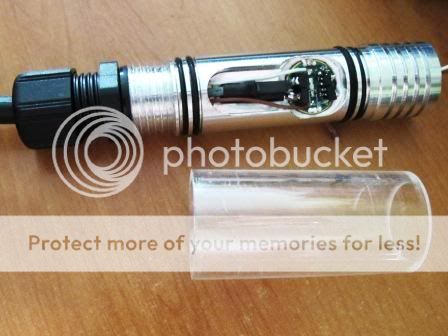found some interesting reading material on pulsing cree LEDs: http://www.cree.com/products/pdf/XLamp-Pulsed-Current.pdf
for this application, duty cycle will be well below 25%. The document suggest not to go over 300% of the rated current, so one could use 2.8A drivers for 1A rated LEDs. Running 2 of these drivers at the same time off 1 battery will not be possible due to overcurrent protection circuitry I guess. If 1 LED at 2.8A or 2 LEDs at 1.4A produces the same amount of light, I guess not since efficiency goes down when increasing the current. I suppose 2 LEDs at 1.4A could be a good compromise.
for this application, duty cycle will be well below 25%. The document suggest not to go over 300% of the rated current, so one could use 2.8A drivers for 1A rated LEDs. Running 2 of these drivers at the same time off 1 battery will not be possible due to overcurrent protection circuitry I guess. If 1 LED at 2.8A or 2 LEDs at 1.4A produces the same amount of light, I guess not since efficiency goes down when increasing the current. I suppose 2 LEDs at 1.4A could be a good compromise.


